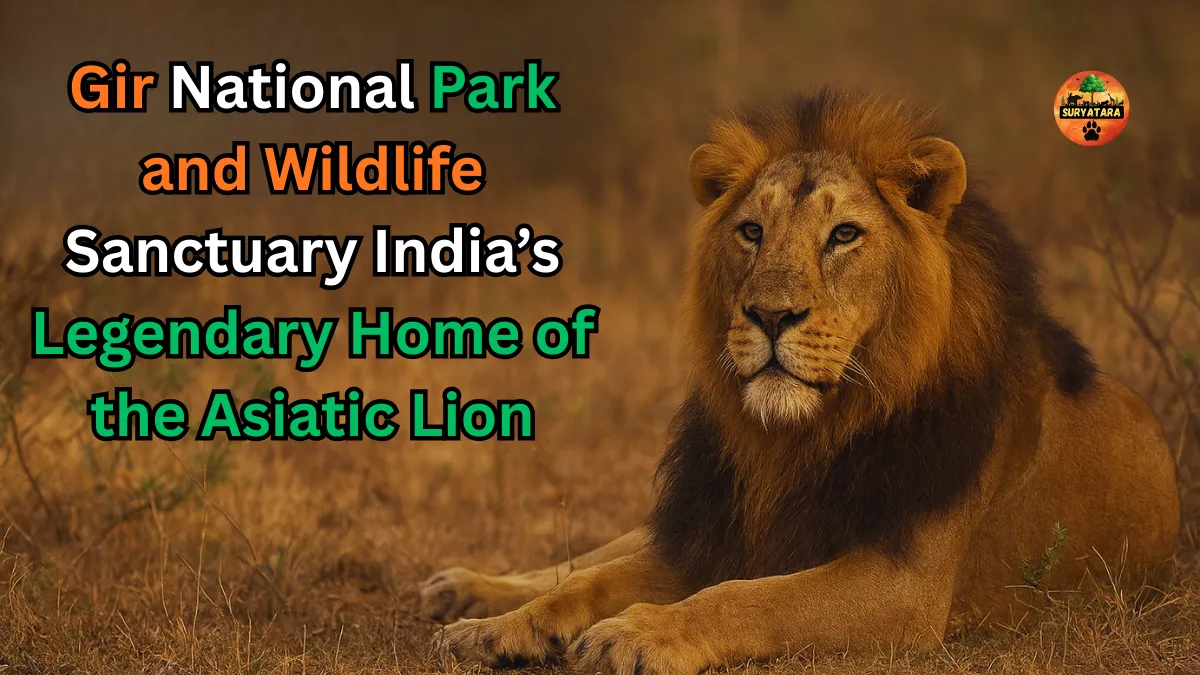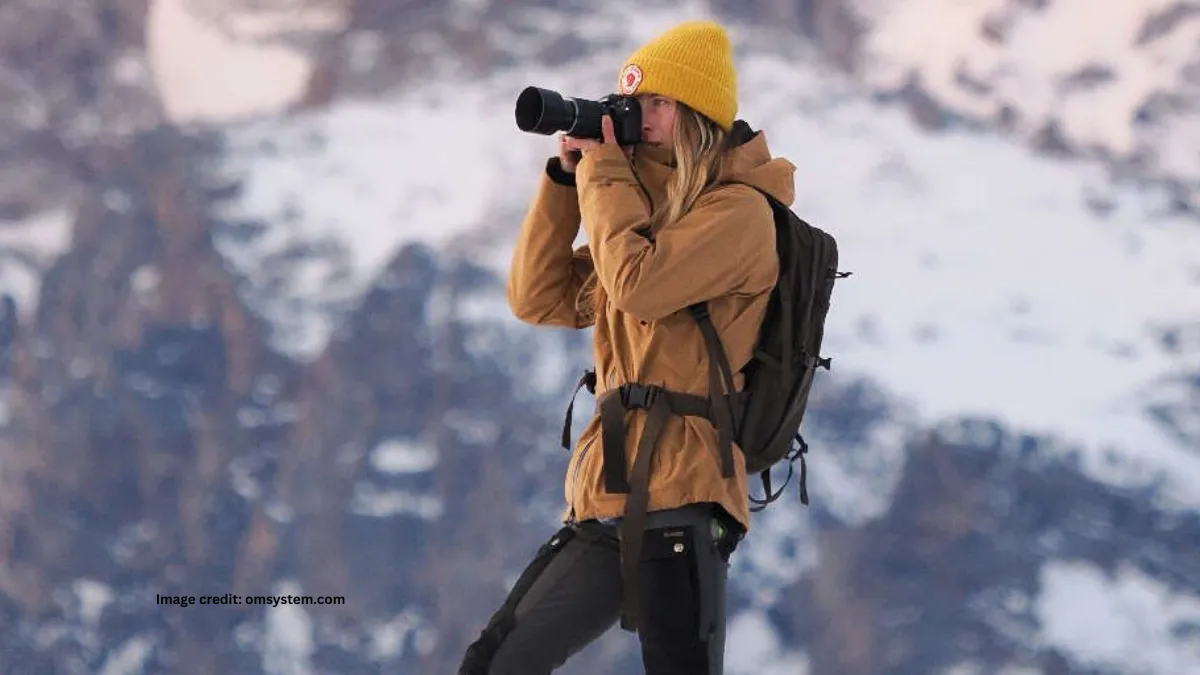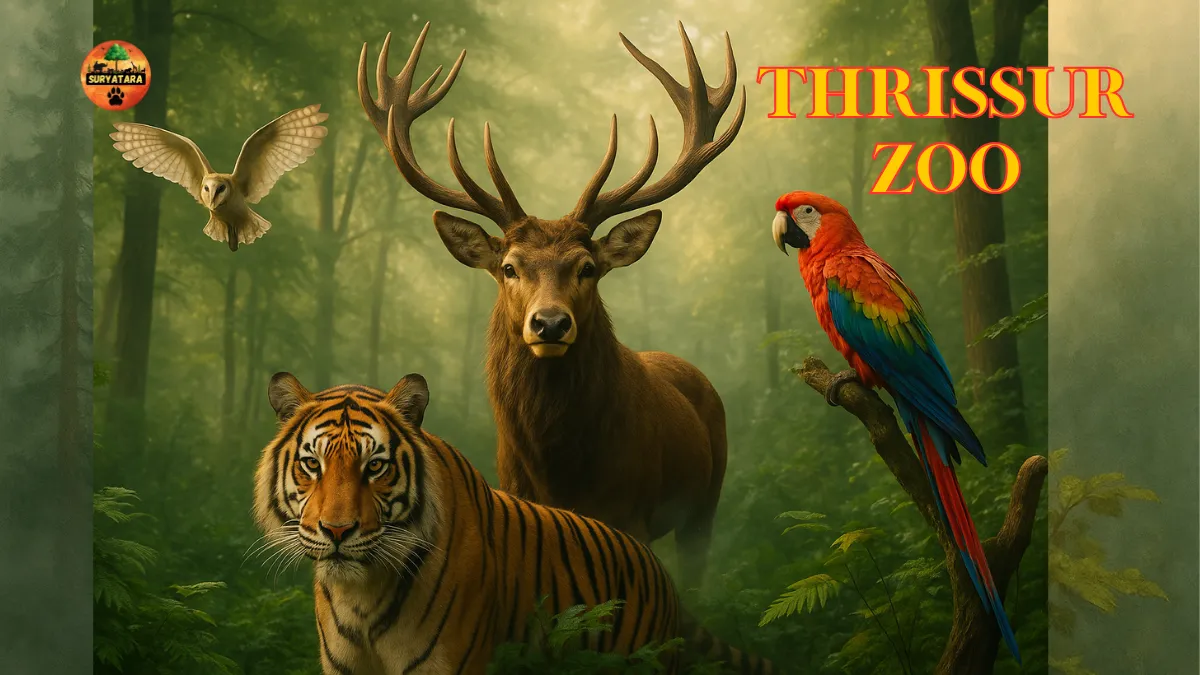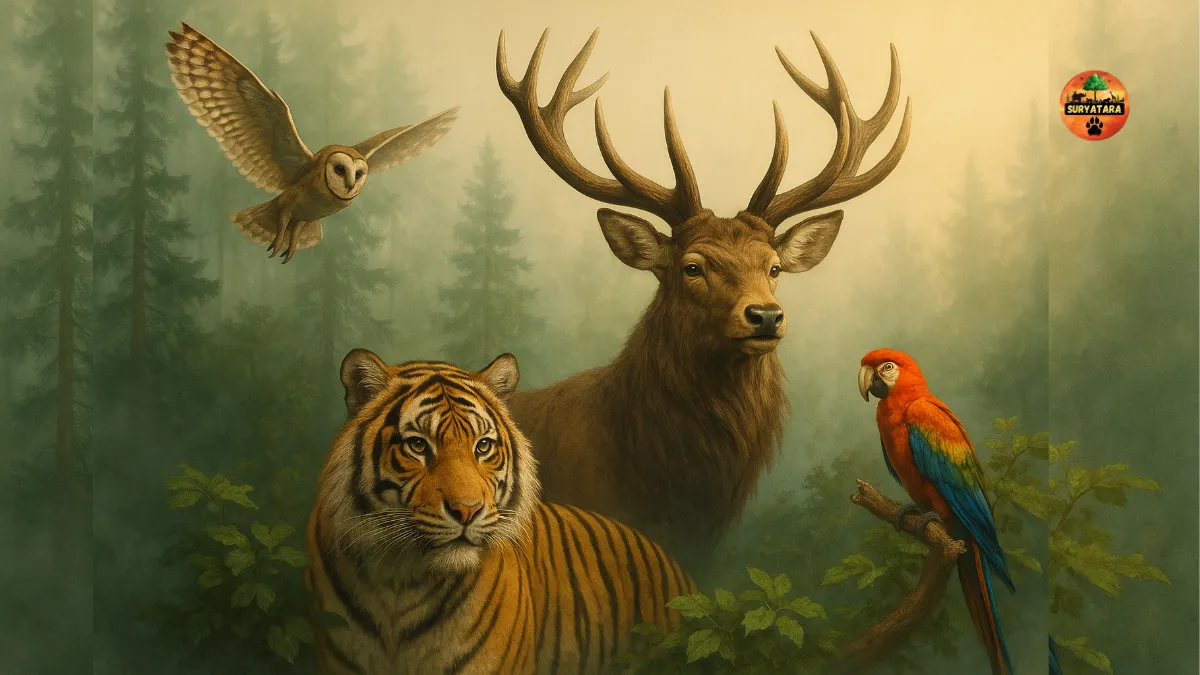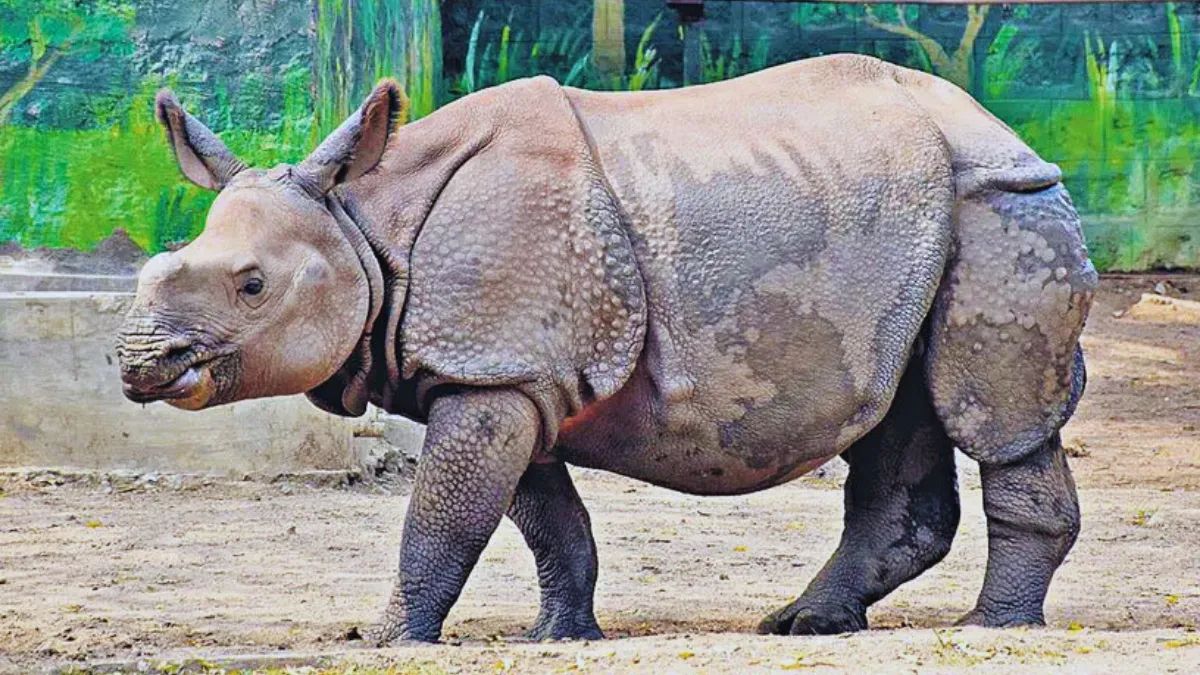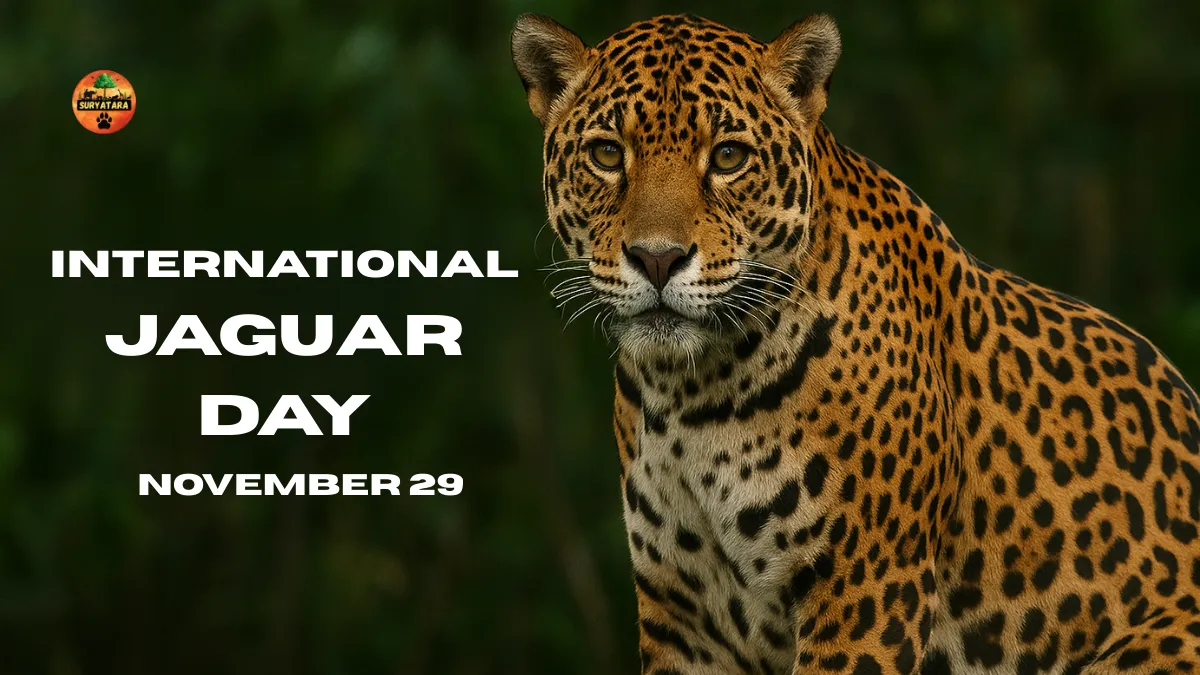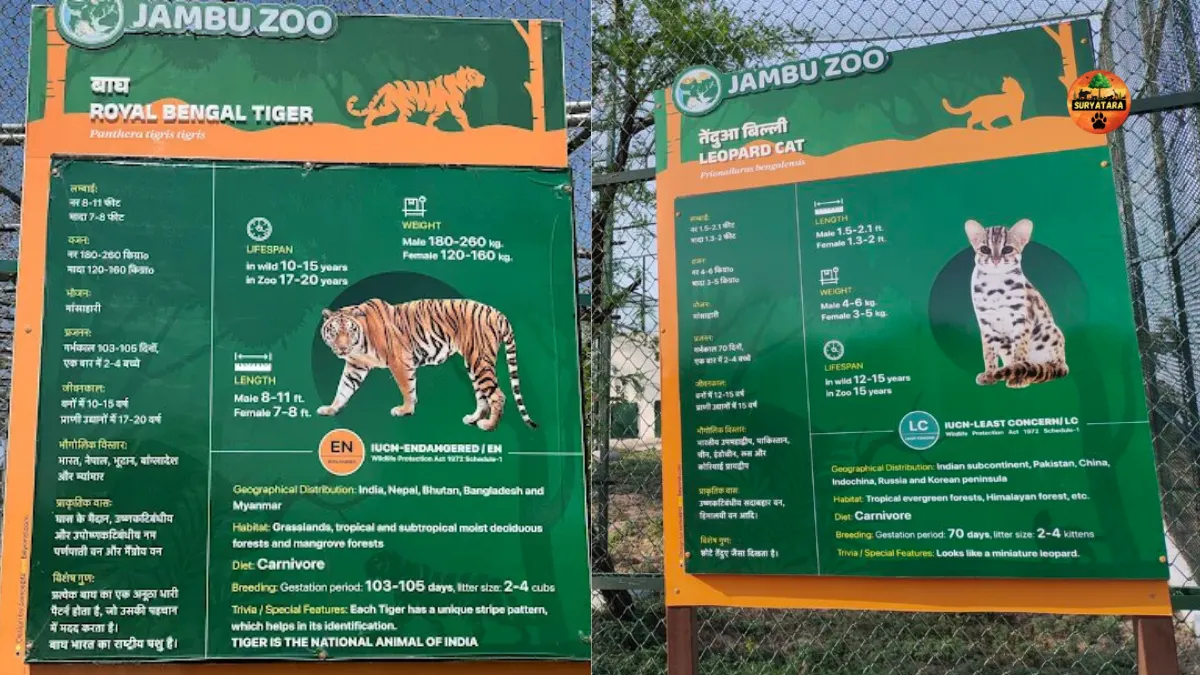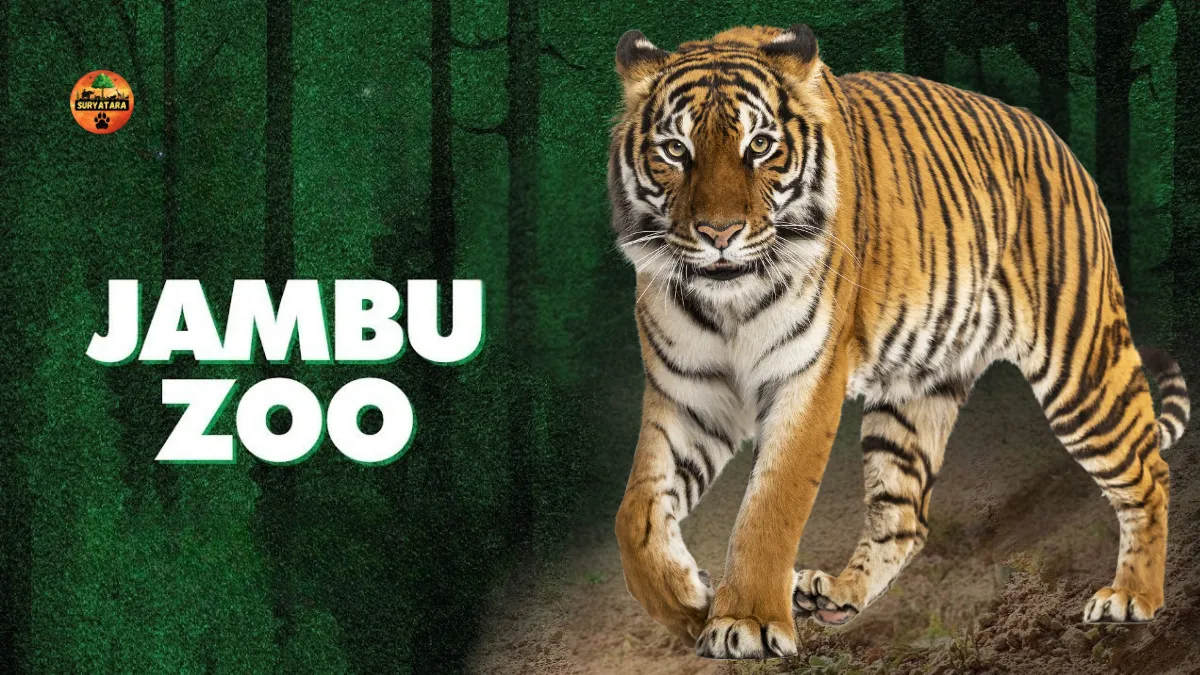Telephoto lens for wildlife photography is one of the most essential tools for photographers who wish to capture the beauty, behavior, and rawness of animals in their natural habitats. Unlike casual photography, wildlife photography requires precision, reach, and sharpness, since animals rarely allow humans to come close. A telephoto lens bridges that distance by bringing the subject closer without disturbing the environment.
In this article, we’ll explore what makes a telephoto lens essential, the types available, features to look for, and some of the best options you can consider depending on your budget and level of expertise.
Why a Telephoto Lens is Essential for Wildlife Photography

Wild animals are often unpredictable and prefer to stay away from humans. Approaching them too closely can not only disturb their natural behavior but also put you at risk. A telephoto lens solves this by providing:
- Extended Reach – Capture distant subjects like birds, tigers, or elephants without moving closer.
- Compression Effect – Makes the background appear closer, creating dramatic wildlife portraits.
- Detail and Sharpness – Essential for showcasing fur, feathers, or unique animal patterns.
- Safety and Ethical Distance – Allows photographers to respect wildlife boundaries.
For these reasons, professionals and hobbyists alike consider a telephoto lens non-negotiable for wildlife photography.
Key Features to Look for in a Telephoto Lens for Wildlife Photography
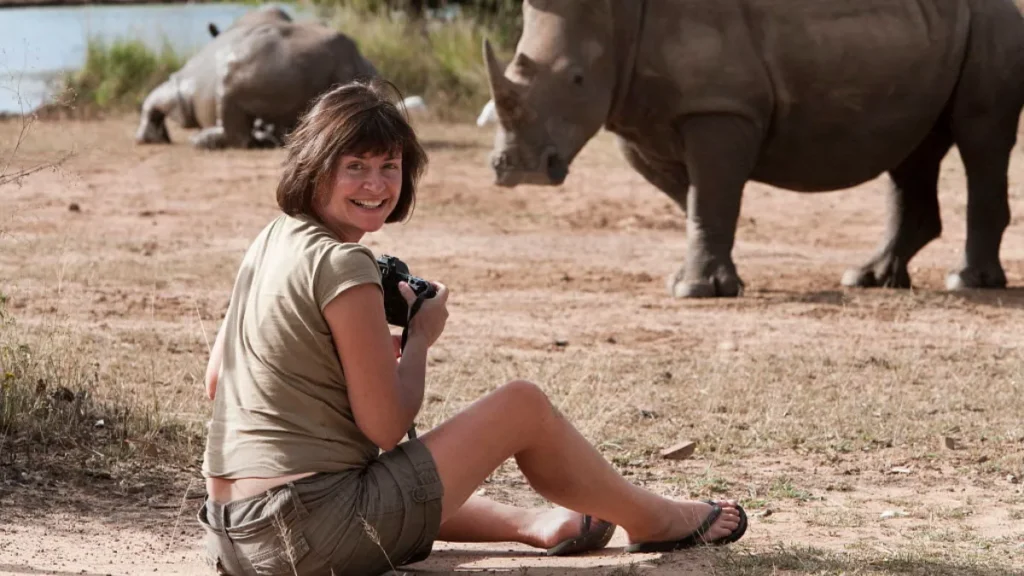
When investing in a telephoto lens, it’s not just about reach. A good lens balances quality, portability, and performance. Here are the most important factors:
1. Focal Length
- Wildlife photography typically requires lenses from 300mm to 600mm.
- Shorter telephotos (200mm–300mm) work well for larger animals, while longer ones (400mm–600mm) are ideal for birds or shy species.
2. Aperture
- Wide apertures like f/2.8 or f/4 allow faster shutter speeds, crucial for freezing action.
- Narrower apertures (f/5.6–f/6.3) make lenses lighter and more affordable but may struggle in low light.
3. Autofocus Speed
- Wildlife often moves unpredictably. Lenses with fast, accurate autofocus help you lock focus quickly on moving animals.
4. Image Stabilization (IS/VR/OSS)
- Long focal lengths magnify even small hand shakes. Image stabilization ensures sharper results, especially when shooting handheld.
5. Weight and Portability
- Heavy telephoto lenses can be difficult to carry in forests or on safaris. Choose one you can comfortably handle for long hours.
6. Build Quality
- Wildlife photography often takes you into dusty, humid, or rainy conditions. Weather-sealed lenses protect against environmental damage.
Best Telephoto Lens Options for Wildlife Photography
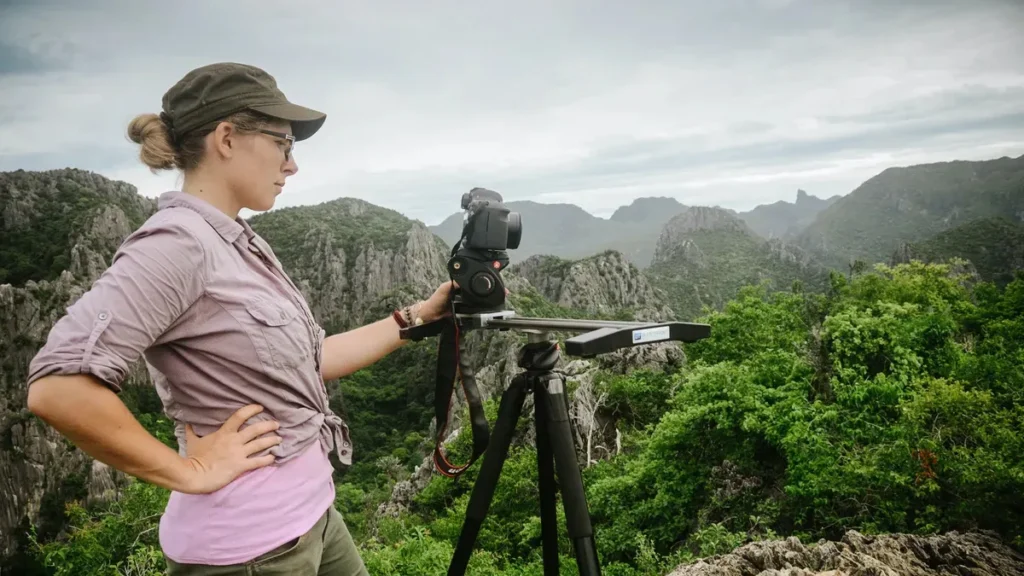
Below is a table with some of the most popular telephoto lenses used by wildlife photographers.
| Lens Name | Focal Length | Aperture | Weight | Best For | Price Range |
|---|---|---|---|---|---|
| Canon EF 100-400mm f/4.5-5.6L IS II USM | 100–400mm | f/4.5–5.6 | 1640g | Versatility, safari trips | MRP Rs. 246. 995.00 |
| Nikon AF-S 200-500mm f/5.6E ED VR | 200–500mm | f/5.6 | 2300g | Birds, long-range wildlife | MRP Rs. 94 950.00 |
| Sony FE 200-600mm f/5.6-6.3 G OSS | 200–600mm | f/5.6–6.3 | 2115g | Birding, Sony users | MRP Rs.177.990.00 |
| Sigma 150-600mm f/5-6.3 DG OS HSM | 150–600mm | f/5–6.3 | 1930g | Budget-friendly telephoto | Price not available |
| Canon RF 600mm f/4L IS USM | 600mm | f/4 | 3090g | Professional wildlife & sports | MRP Rs.1249 995.00 |
| Nikon Z 400mm f/2.8 TC VR S | 400mm (built-in 1.4x TC = 560mm) | f/2.8 | 2950g | Low-light wildlife | MRP Rs. 12 51 995.00 |
Zoom vs Prime Telephoto Lenses: Which is Better?
One of the biggest decisions is whether to go with a zoom lens or a prime lens.
- Zoom Telephoto Lenses (like 100–400mm, 200–600mm):
- Offer flexibility in framing.
- Useful when animals move closer or farther unexpectedly.
- Slightly less sharp compared to primes.
- Prime Telephoto Lenses (like 400mm f/2.8, 600mm f/4):
- Deliver superior sharpness and low-light performance.
- Wider apertures (f/2.8, f/4) allow faster shutter speeds.
- Heavier and significantly more expensive.
For most enthusiasts, a zoom telephoto is the practical choice. Professionals often invest in primes for ultimate image quality.
Tips for Using a Telephoto Lens in Wildlife Photography
Owning the best telephoto lens is just the start. To maximize results, practice these techniques:
- Use Fast Shutter Speeds – Wildlife moves unpredictably; speeds of 1/1000s or higher help freeze action.
- Stabilize Your Shots – Use a monopod, tripod, or beanbag in vehicles to reduce lens shake.
- Track with Continuous Autofocus – Switch to AF-C/AI Servo mode to track moving animals.
- Respect Distance – Don’t chase or disturb wildlife for the sake of a shot.
- Shoot in Golden Hours – Early morning and late evening provide the best natural light.
Also read: Best Camera Lenses for Wildlife Photography-A Complete Guide for 2025
Budget vs Professional Telephoto Lenses
- Entry-Level & Mid-Range: Lenses like Sigma 150-600mm or Nikon 200-500mm provide great reach at a reasonable price.
- Professional: Canon RF 600mm f/4L and Nikon Z 400mm f/2.8 TC VR S offer world-class optics but come at a premium cost.
Your choice depends on whether you’re an enthusiast, hobbyist, or full-time professional.
Also read: Best Cameras for Wildlife Photography in 2025
Conclusion
Choosing the right telephoto lens for wildlife photography can transform your images from average to breathtaking. It not only allows you to capture animals from a safe and ethical distance but also ensures stunning detail, sharpness, and composition.
If you are just starting, a versatile zoom like Canon 100-400mm or Sigma 150-600mm is a smart pick. For professionals seeking world-class performance, primes such as 600mm f/4 lenses are unmatched.
Ultimately, the best telephoto lens is the one that balances your budget, photography style, and wildlife goals—helping you create memories of the natural world that last forever.

